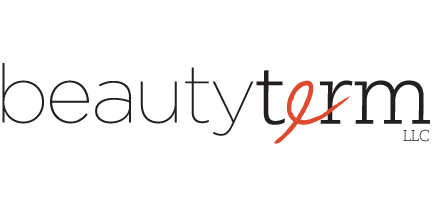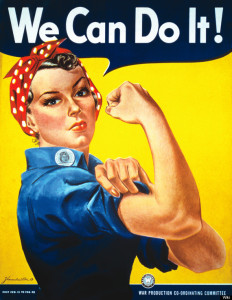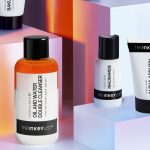Translating the concept of empowerment in beauty
Empowerment marketing took the world of advertising by storm when, instead of simply pointing out inadequacy to create a need for a product, it showed that we can sell that same product in ways that make us better people and the world a better place.
Most areas of business quickly joined the growing movement and beauty is no exception. Empowerment-related vocabulary has seeped into the brand communications of many cosmetic companies, at least in English.
Just in the last few months, we’ve had to translate copy for products such as:
- eye shadows with “empowering shades”, created by makeup artists inspired by a “new generation of empowered women”;
- hair dryers “packed with hair-empowering design duality”;
- skincare touting its radical new approach to help “empower the skin”;
- lip color that promises its wearer to “reveal who she truly is – an empowered girlfriend living a life full of happiness, love & success on her own terms”;
- and brow enhancers that “empower her to become the woman she was meant to be” …
These are just a few examples of how decisively “empowerment” has become part of the beauty landscape.
Culturally, most languages have yet to adopt a single term for so many different contexts, a single term serving as a beacon of hope, a call to action to take control and surpass one’s own expectations – a push button of sorts that can be used to elicit a sense of feel-good transcendence.
In French, for example, there truly is no easy way to translate the above messages with a single term that would carry the same weight as “empowerment” in English. Mademoizelle online may be promoting the use of “empouvoirement” but, for now, the term does not have the same rooted presence in the French language. It is also nearly impossible to apply without raising eyebrows…
What translators are forced to do is resort to paraphrasing, which in and of itself is exactly what they must do. The one thing they should not do, however, is ignore the importance that this term and this concept hold for American brands.
It can be argued that translating / transcreating beauty copy also requires an equal measure of localization to the target audience, which may or may not harbor the same level of concern for underscoring the possibility for human growth, for a woman’s right to live her life to the fullest and to feel strong and independent.
But as a translator you cannot skip over, blithely ignore or wish this part of the message away – especially when it reflects brand values and identity. We must remember that exposure to foreign values and new ideas can be enriching and mind-opening even when buying hair gel (and why not?)!







